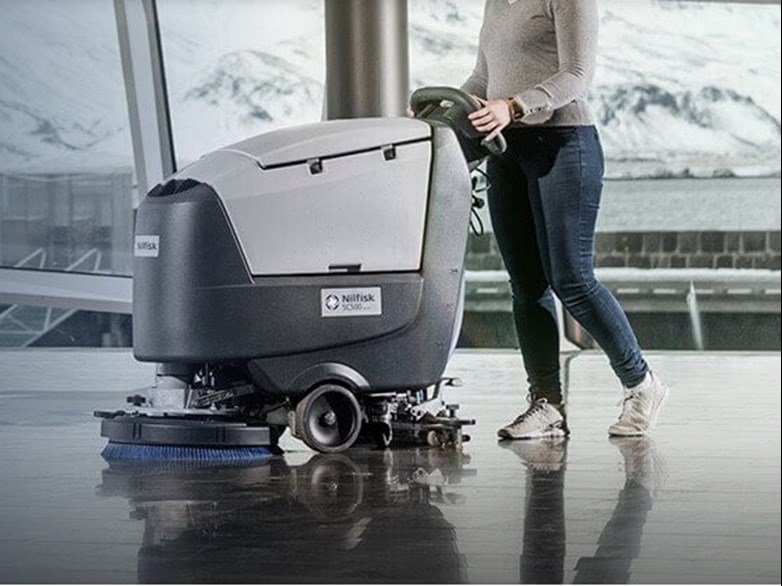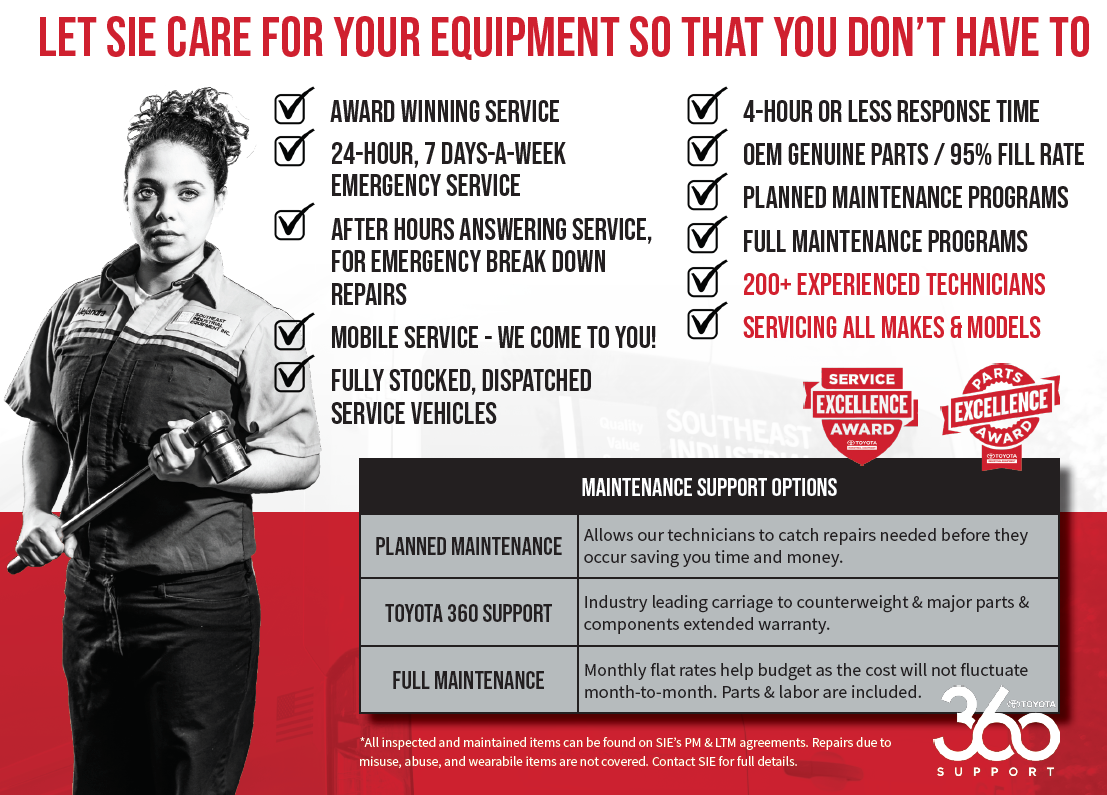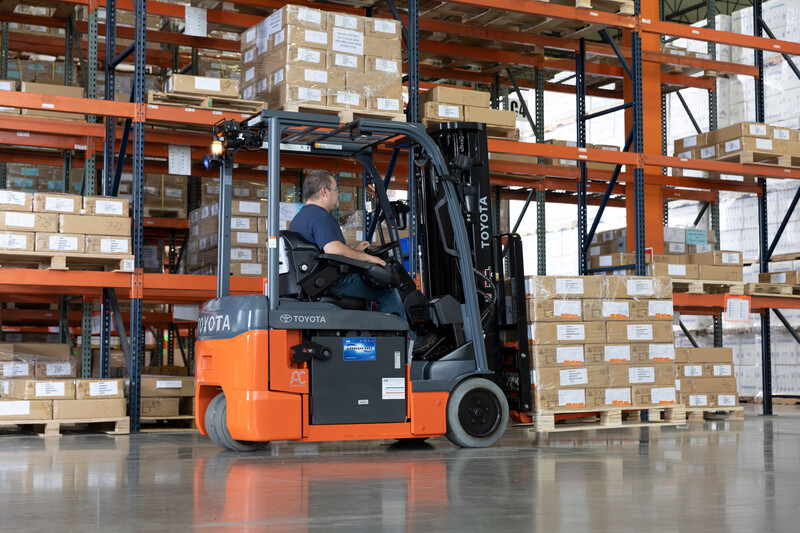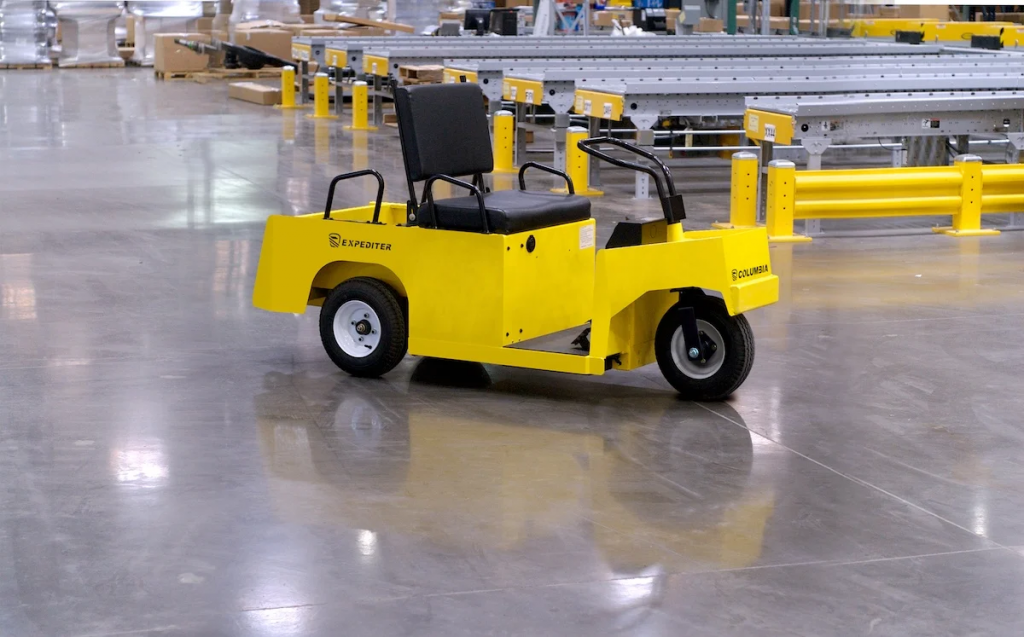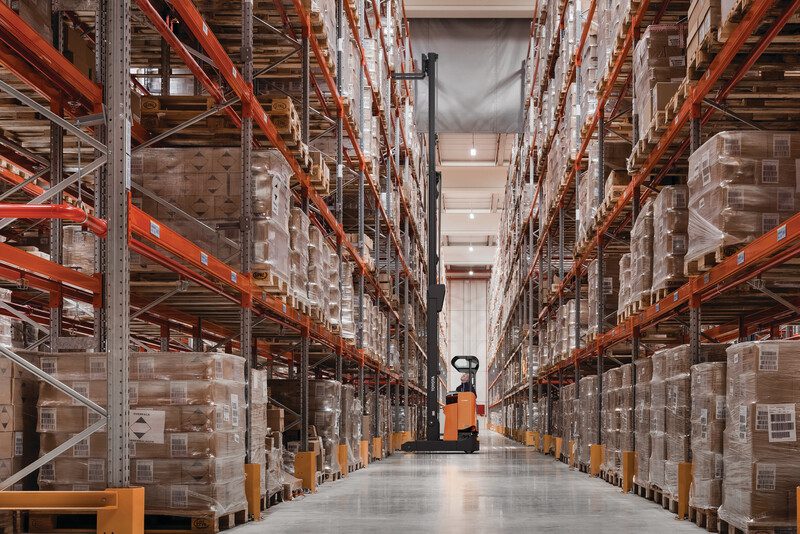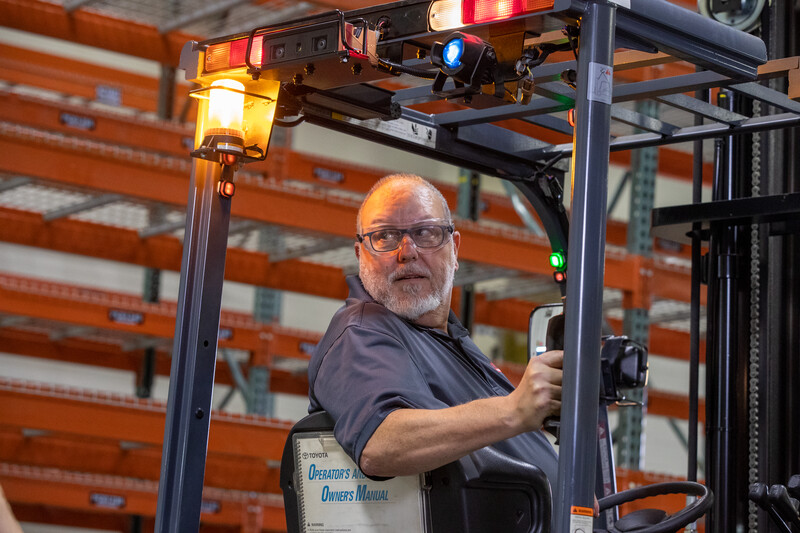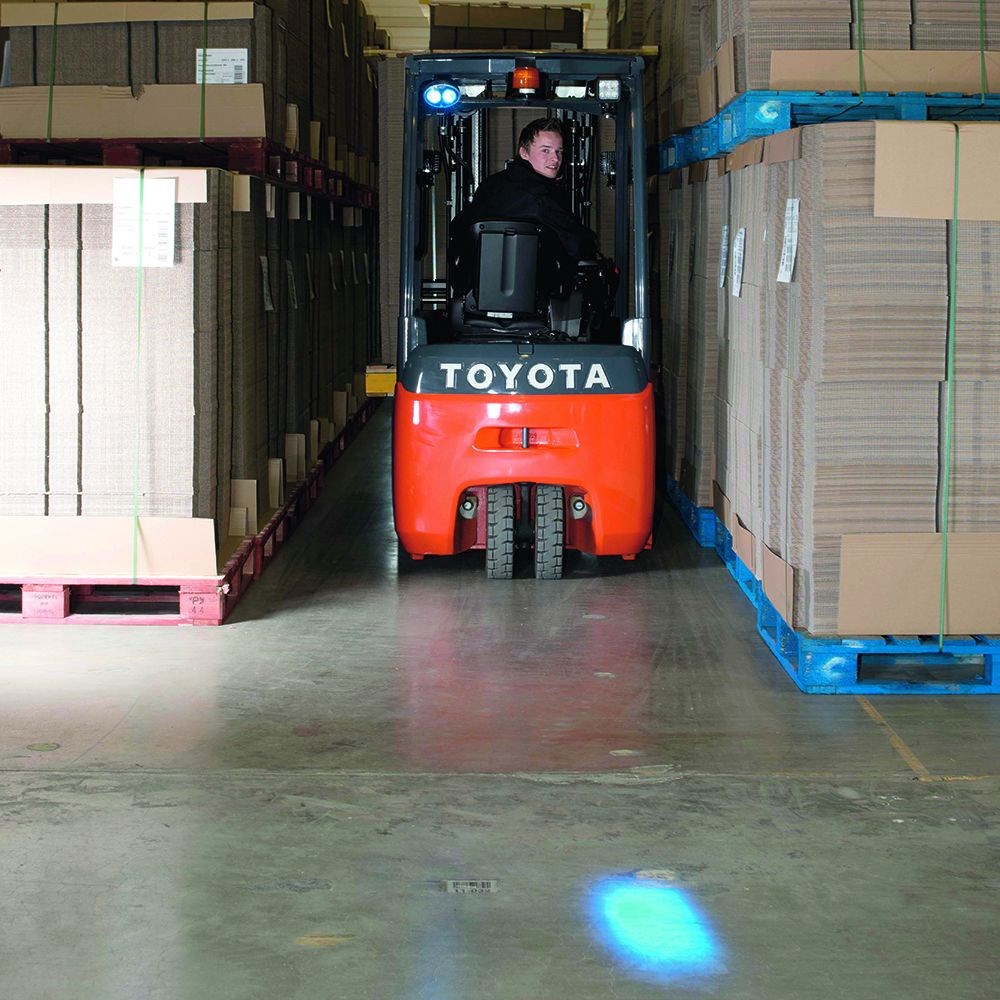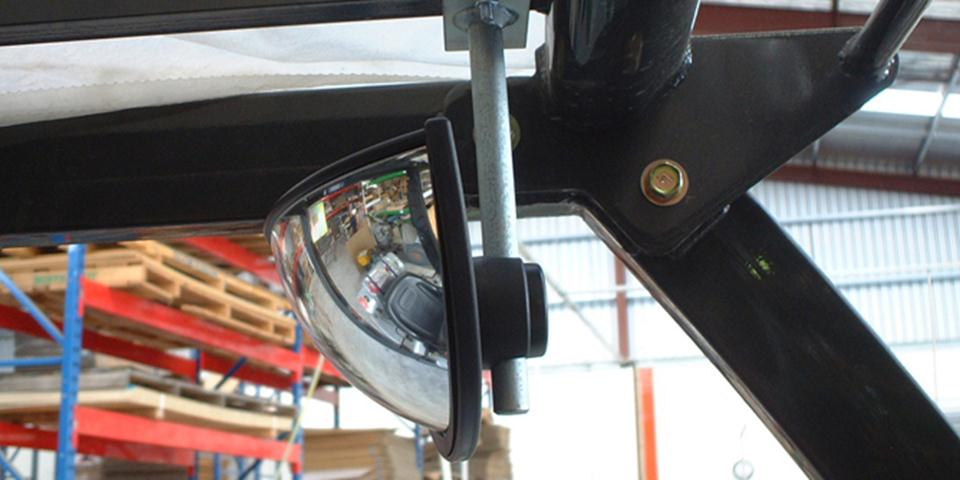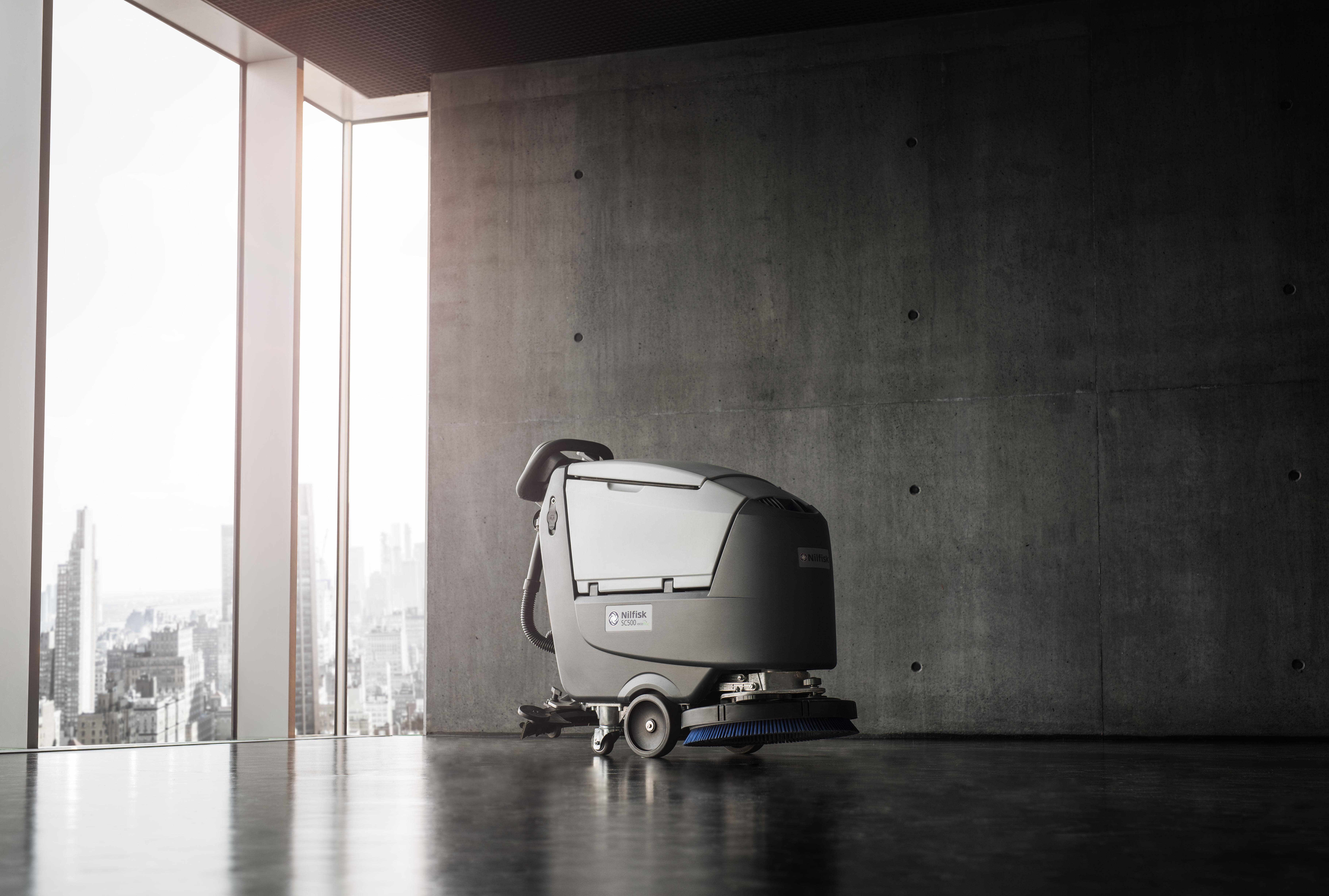Forklifts are essential tools for many industries, facilitating the movement of heavy materials and goods with efficiency and safety. While purchasing forklifts can be a significant investment, renting them provides a flexible and cost-effective solution for various sectors. Here, we explore the top industries that benefit from forklift rentals and how they leverage this option to enhance their operations.
1. Construction
In the construction industry, the need for forklifts can vary greatly depending on the project. Renting forklifts allows construction companies to access the right equipment for specific tasks without the long-term commitment of ownership. Whether it’s for moving heavy materials on a job site or handling supplies in a warehouse, forklift rentals provide the necessary flexibility and cost savings.
Key Benefits:
– Access to specialized equipment for different phases of a project
– Reduced maintenance and storage costs
– Flexibility to scale up or down based on project needs
2. Warehousing and Logistics
Warehousing and logistics companies rely heavily on forklifts for loading, unloading, and transporting goods within their facilities. Forklift rentals offer these businesses the ability to manage fluctuations in demand, especially during peak seasons. This approach helps maintain efficiency without the burden of owning a large fleet.
Key Benefits:
– Enhanced operational efficiency during peak periods
– Reduced capital expenditure
– Access to the latest forklift technology
3. Retail
Retail businesses, particularly those with large inventory turnover, benefit significantly from forklift rentals. During holiday seasons, sales events, or inventory restocking periods, the demand for forklifts can increase. Renting forklifts allows retailers to manage these spikes without the need for a permanent investment.
Key Benefits:
– Increased flexibility to handle seasonal demand
– Cost-effective solution for short-term needs
– Ability to maintain smooth operations during high-demand periods
4. Manufacturing
Manufacturing plants often require forklifts to move raw materials, components, and finished products. Renting forklifts provides manufacturers with the ability to adapt to production changes and manage equipment downtime. This ensures that operations remain smooth and efficient.
Key Benefits:
– Flexibility to adjust to production demands
– Reduced downtime due to equipment availability
– Access to specialized forklifts for different manufacturing processes
5. Agriculture
In agriculture, forklifts are used for handling a variety of tasks, from moving feed and supplies to transporting harvested crops. Renting forklifts allows farmers to access the necessary equipment during peak seasons, such as planting and harvest times, without the year-round financial commitment of ownership.
Key Benefits:
– Access to equipment during critical agricultural periods
– Reduced capital investment
– Ability to choose the right forklift for specific agricultural tasks
6. Events and Entertainment
The events and entertainment industry often requires forklifts for setting up and dismantling stages, moving equipment, and handling materials. Forklift rentals provide event organizers with the flexibility to access the equipment they need for a specific event without the ongoing costs of ownership.
Key Benefits:
– Flexibility to meet the unique needs of each event
– Cost-effective for short-term usage
– Availability of specialized equipment for different types of events
7. Recycling and Waste Management
Companies in the recycling and waste management sector use forklifts to move and sort materials efficiently. Renting forklifts allows these businesses to handle varying volumes of waste and recyclable materials, adapting to changes in demand without the need for a permanent fleet.
Key Benefits:
– Ability to manage fluctuating volumes of materials
– Reduced maintenance and ownership costs
– Access to durable and efficient forklifts for heavy-duty tasks
Forklift rentals offer numerous advantages across a wide range of industries. From construction and warehousing to retail and agriculture, businesses can benefit from the flexibility, cost savings, and efficiency that renting forklifts provides. By leveraging rental options, companies can ensure they have the right equipment for their needs, ultimately enhancing their operational capabilities and bottom line. If you’re considering forklift rentals for your business, reach out to Southeast Industrial Equipment to explore our comprehensive rental solutions tailored to your industry requirements.

